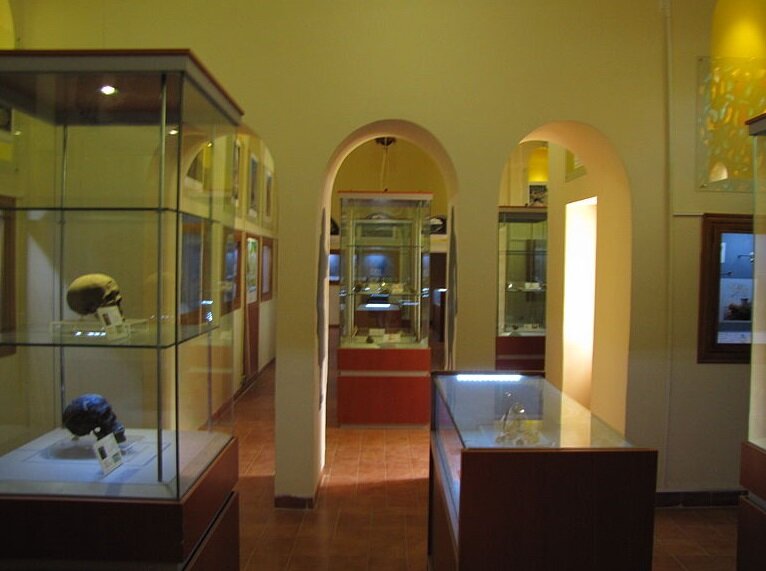Museum of Paleolithic Age to open in northern Iran

TEHRAN – A new archaeological museum dedicated to the Paleolithic, also called the Old Stone Age, will be open in the northern city of Rudbar in Gilan province, which is bounded by the Caspian Sea.
The arrangement of a Paleolithic museum is almost complete in Rudbar, which is home to one of the oldest human settlements in Iran, the provincial tourism chief said on Tuesday.
The existence of various Paleolithic sites in the province is among the most important reasons for the establishment of a Paleolithic museum in Rudbar, the official said.
The lush green province, which is bounded by the Caspian Sea, is a historically and culturally rich region that offers visitors a diverse range of experiences.
The Old Stone Age began with the first stone tools some 2.5 million years ago in Africa, and it ends with the Neolithic or ‘New Stone Age’, essentially at the beginnings of agriculture.
The Paleolithic is conventionally divided into Lower, Middle, Upper, and Terminal or Epi-Paleolithic periods. The Paleolithic is known almost exclusively from lithic artifacts—stone tools, classified in conventional ways into types that are diagnostic of the various periods.
According to Iranica, Iran may belong to a second Lower Paleolithic tradition that extends across eastern Asia and is known for its choppers, chopping tools, and crude flakes.
There is virtually no information about the perishable tools and devices made of wood, fiber, or skins that may have been in use. Layers in archeological sites typically contain quantities of lithics, bones of animals that were hunted and consumed, and the ash from domestic fires.
Paleolithic sites in Iran are known primarily from caves and rock shelters in the central Zagros mountains, along with a few sites on the Caspian Sea coast and scattered sites on the desert plateau.
AFM
Leave a Comment